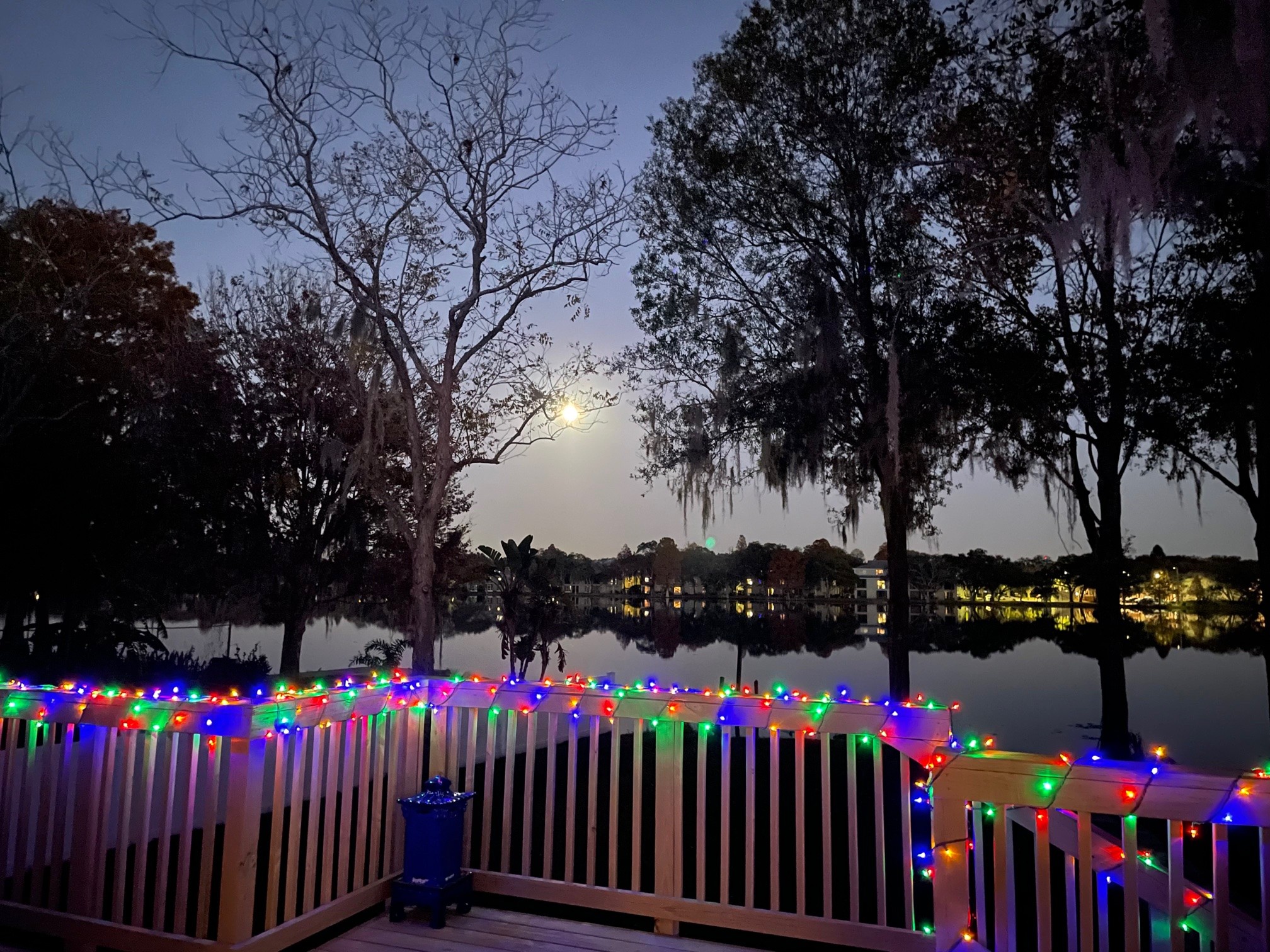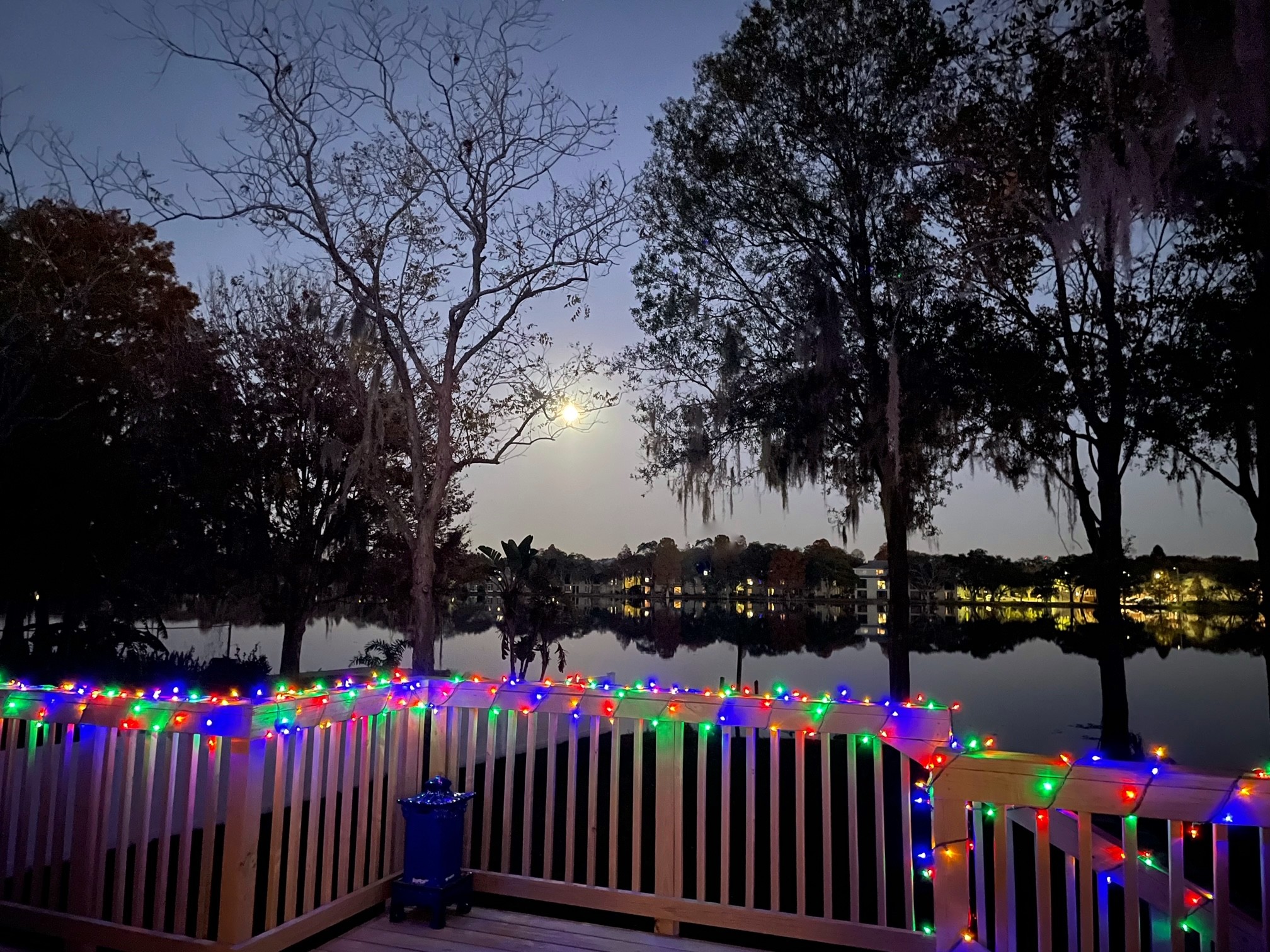When you purchase the forum, you can tell me what I can or can't say or when I can move on. Until then, as long as I'm not breaking any forum rules, I'm entitled to post as are you.
You ask why this all of the sudden started to happen? It didn't all of the sudden happen. The flares which are now much more visible in iPhone 11 and 12 with the introduction of dark mode are getting more notice. Before these phones, it was almost impossible to take pictures in such low light situations. So, there are much fewer photos with flares in them because the digital noise in low light photos made the photos hardly worth taking and poor at best.
As to why it happens sometimes, not always is because you're using a hand held device and the angle of cameras relative to the subjects and light vary with every slight movement of your hand. You can easily see the flares before you take a photo and easily move the angle of the camera to eliminate the flare. This takes more effort and time of course, but I have shown how to do this in other threads by posting photos of a scene with flares and without flares with me doing nothing more than angling the camera differently. Taking videos in low light however and hoping to eliminate all flares with direct lights facing the camera is much more difficult. The best advice is to try to avoid videos in low light facing lights directly. But that may not always be possible, so living with some flares in videos in low light is inevitable.
You can keep your path here and continue to deny the physics of photographic optics all you want. I won't ever attempt to stop you. I will however, point out where I am convinced you don't understand the physics of photographic optics. If you don't understand or accept my points, that's OK too.
Here is an example of two photos, where I never moved, but did change the angle of the camera to eliminate flares:


